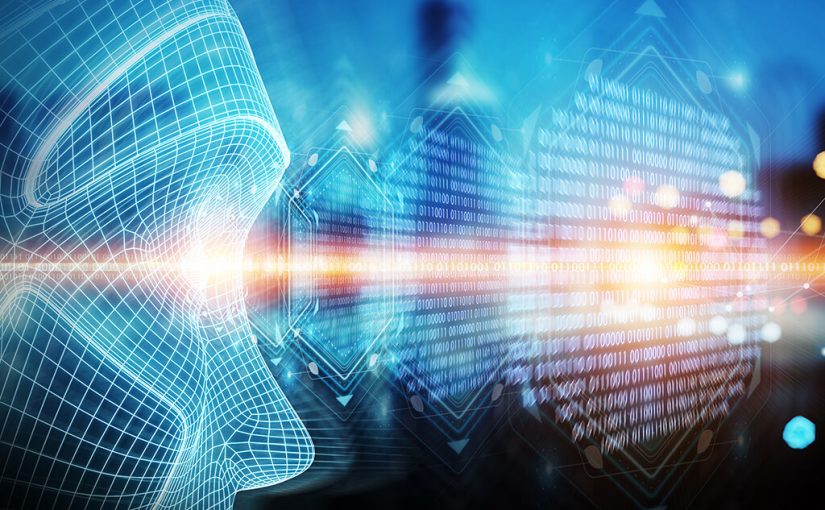Artificial Intelligence has taken the retail and medical industries by storm over the last few decades. Defined as a computer system able to perform tasks that normally require human intelligence, Artificial Intelligence can come in many forms. Most of us naturally think of AI as the voice that responds on our phone or home device. In recent years, developers have also been working to integrate AI into website design. What does AI look like in web design – and what does it mean for the role of graphic designers?
The Promise of Artificial Intelligence
Many companies have worked to develop AI systems to aid the less trained user in creating quality web designs. These technologies include Firedrop’s chatbot Sacha, Adobe’s Sensei program, The Grid’s Molly system, Wix’s Artificial Design Intelligence (ADI), and DesignScape from the University of Toronto. The goal of these systems is to make graphic design a more intuitive, user friendly process. Some of these companies originally made huge promises alongside their technology, such as:
● Little to no work for users
● Unique web designs
● Utilization of audience trends to influence site structure
● Replication of graphic designer logic
Many of these promises could have meant that graphic designers would be on the hunt for new jobs, which was the fear of some speculative content creators. The possibility of businesses being able to create their own original site designs had the potential to disrupt the current industry. Instead, the presently available AI systems have so far fallen somewhat short of their high expectations. The Graphic Designer’s Role in AI Web Design As it turns out, graphic designers are still in high need, even with Artificial Intelligence systems in web design. Many users of AI systems found that their site felt unoriginal. The created site designs were closer to a drag-and-drop template than a uniquely tailored experience. Some of the less than positive reviews from early users included:
- Look alike sites
- Limited creative freedom
- Requirement of hands-on human use
- High prices with finite results
Conclusion
Overall, the feedback from users pointed to AI as an enhanced web design tool, not quite the game changing technology it was marketed as. Although this wasn’t the best news for the developers in charge of the AI systems, it did leave a very specific niche for graphic designers within web design. Graphic designers can often feel overrun by the tedious details of site design. With its ability to predict audience trends and provide aesthetically pleasing color palettes, AI has optimized the process of web design to be much quicker.
Now graphic designers can take a step back and focus on curating the ideal site for their clients. This change from creation to curation gives designers more opportunity for out-of-the box thinking and problem solving.
The Future of AI in Web Design Since all of the current AI programs still require a human user to achieve an ideal web design, graphic designers have more of a partnership with these systems than a competition. With the future development of more adaptive AI, designers are able to flex their creative skills beyond the basic site details that previously consumed the majority of their time.
This freedom to step beyond their ordinary design work can potentially spark more ingenuity and user-friendly content. Over the last 40 years we have witnessed graphic design develop from a hands-on, paper and pencil process to a digitalized, interactive experience. As AI continues to grow, program developers and graphic designers alike hope to improve web design to meet all user needs with intuitive and unique solutions.

